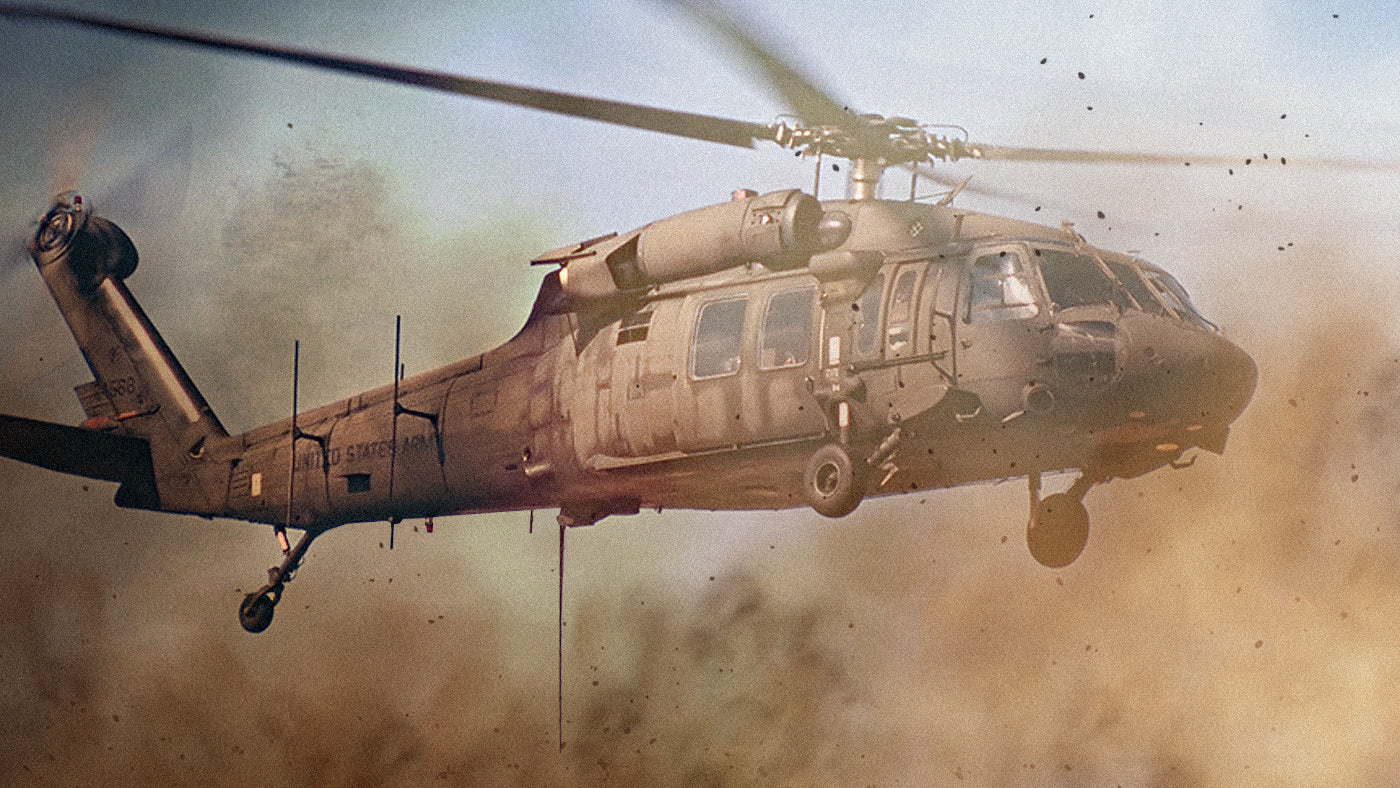UH 60 Helicopter Demystified: A Closer Look at Its Advantages and Core Parts
The UH-60 helicopter, usually shrouded in a shroud of enigma, stands as a powerful aircraft with a myriad of advantages that make it a vital possession in both armed forces and private procedures. From its robust engine and propulsion system to its elaborate avionics and communication devices, the UH-60 is a marvel of contemporary design. Moreover, its structural design and innovative products play a vital function in its performance and resilience. As we dig into the core parts and operational capabilities of this functional helicopter, a deeper understanding of its value in different sectors arises, shedding light on its pivotal function in aviation.
Benefits of UH-60 Helicopter
The UH-60 helicopter stands apart for its remarkable convenience and reliability in a large range of missions. Among its key advantages is its capacity to adapt to different functions, such as army transport, clinical evacuation, search and rescue, and battle assistance. This versatility makes it a useful property to army forces worldwide. One more advantage of the UH-60 is its impressive efficiency capabilities. With a full throttle of over 150 knots and an array of about 320 nautical miles, the UH-60 can quickly transport personnel and devices over fars away. Furthermore, its innovative avionics and navigating systems enhance situational understanding, enabling pilots to run securely in diverse environments, consisting of negative climate condition and rough terrains. Moreover, the UH-60's resilient construction and powerful engines add to its reliability, making sure that it can successfully implement objectives in also one of the most challenging conditions. Generally, the UH-60 helicopter's flexibility, efficiency, and dependability make it a favored choice for a variety of operational requirements.

Engine and Propulsion System
Engineered to drive the UH-60 helicopter via the skies with precision and power, the engine and propulsion system develop an indispensable part of its functional performance. The UH-60's propulsion system consists of a four-bladed main blades system and a tail blades, which function in tandem to supply stability, maneuverability, and control during flight. With each other, the engine and propulsion system allow the UH-60 to carry out a broad array of objectives, consisting of army transportation, clinical emptying, and search and rescue procedures, with integrity and efficiency.

Avionics and Communication Tools
Avionics and interaction devices play a vital role in enhancing the operational capacities check here and situational recognition of the UH-60 helicopter. uh-60 blackhawk. The UH-60 is equipped with advanced avionics systems that include digital screens, communication radios, navigating systems, and mission-specific tools. These systems offer the aircrew with important details such as airplane performance information, navigation guidance, weather updates, and communication networks to interact with here ground control and various other aircraft
One trick element of the avionics suite is the Multi-Function Show (MFD), which settles vital flight information onto a single display, reducing the pilot's work and enhancing situational recognition. The UH-60 likewise includes an advanced interaction system that permits smooth coordination between crew members and outside companies.
Additionally, the helicopter is outfitted with radar systems for terrain mapping and risk detection, improving its capacity to run in varied atmospheres. In general, the integration of advanced avionics and communication equipment makes certain that the UH-60 continues to be a highly capable and effective platform for a vast array of missions.
Structural Design and Materials
Incorporating advanced materials and ingenious design strategies, the structural integrity of the UH-60 helicopter is maximized for performance and resilience. The UH-60's airframe is mostly created from lightweight yet robust materials such as light weight aluminum and compound fibers. These materials use a high strength-to-weight ratio, essential for guaranteeing the helicopter's maneuverability and structural strength during flight procedures.
The helicopter's primary rotor blades are generally made from composite materials, offering improved stamina and tiredness resistance contrasted to typical steel blades (uh-60 blackhawk). This layout selection adds to enhanced aerodynamic efficiency and reduces maintenance demands gradually

Function in Armed Force and Private Citizen Procedures
The architectural style and materials of the UH-60 helicopter play a pivotal duty in identifying its efficiency and convenience in both army and private operations. In army setups, the UH-60, also referred to as the Black Hawk, offers a large range of crucial functions. It is used for troop transportation, medical discharge, battle support, search and rescue goals, and special operations insertion and extraction. The helicopter's dexterity, speed, and capacity to operate in varied atmospheres make it an important asset for army forces worldwide.
In private procedures, the UH-60 is commonly employed for emergency medical services, firefighting, legislation enforcement support, catastrophe alleviation initiatives, and search and rescue missions. Its capacity to swiftly transfer workers and cargo to remote or otherwise unattainable places has actually verified critical in conserving lives and giving essential assistance throughout emergency situations. The UH-60's integrity and flexibility make it a recommended selection for numerous civilian companies looking for effective and reliable aerial support.
Conclusion

Comments on “UH-60 Blackhawk Helicopter: Important Maintenance Tips for Longevity”